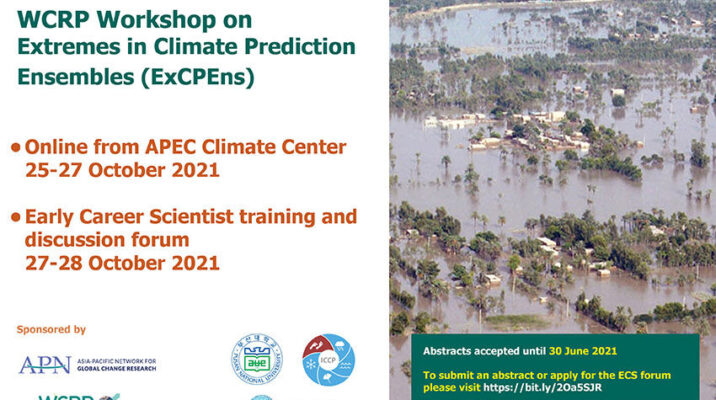Despite Bangladesh being one of the leading countries in aquaculture food production worldwide, there is a considerable lack of updated scientific information about aquaculture activities in remote sites, making it difficult to manage sustainably. This study explored the use of geospatial and field data to monitor spatio-temporal changes in aquaculture production sites in the Satkhira district from 2017–2019. We used Shuttle Radar Topographic Mission digital elevation model (SRTM DEM) to locate aquaculture ponds based on the terrain elevation and slope. Radar backscatter information from the Sentinel-1 satellite and different water indices derived from Sentinel-2 were used to assess the spatio-temporal extents of aquaculture areas. An image segmentation algorithm was applied to detect aquaculture ponds based on backscattering intensity, size and shape characteristics. Our results show that the highest number of aquaculture ponds were observed in January, with a size of more than 30,000 ha. Object-based image classification of Sentinel-1 data showed an overall accuracy above 80%. The key factors responsible for the variation in aquaculture were investigated using field surveys. We noticed that despite a significant number of aquaculture ponds in the study area, shrimp production and export are decreasing because of a lack of infrastructure, poor governance, and lack of awareness in the local communities. The result of this study can provide in-depth information about aquaculture areas, which is vital for policymakers and environmental administrators for successful aquaculture management in Satkhira, Bangladesh and other countries with similar issues.
Peer-reviewed publication

